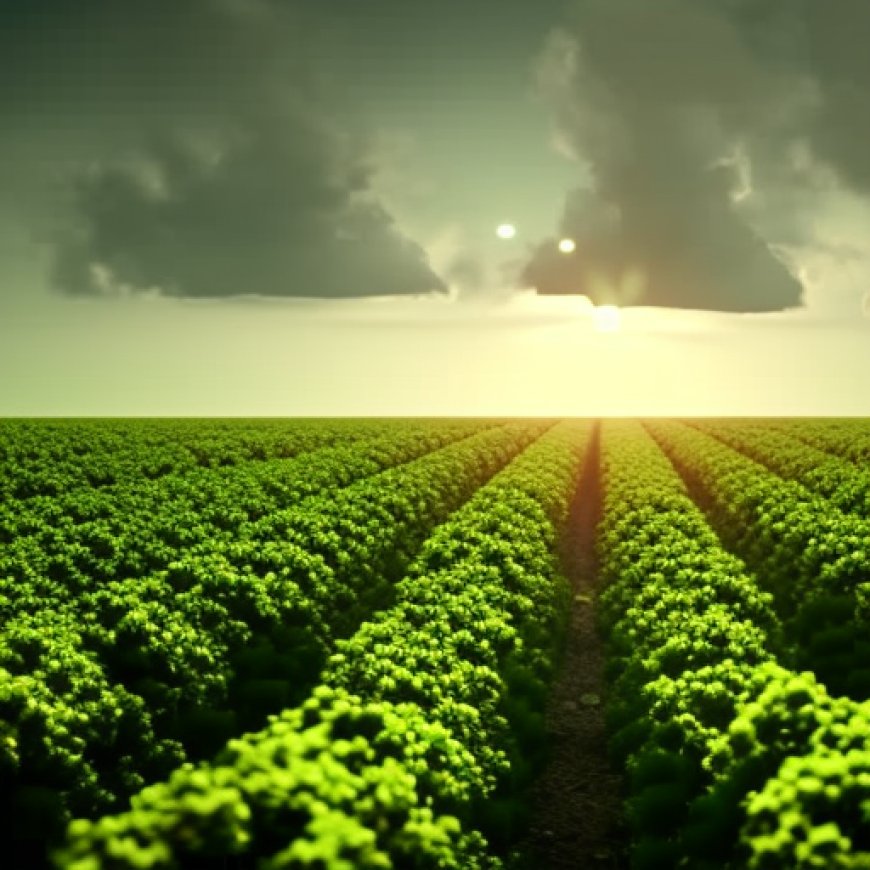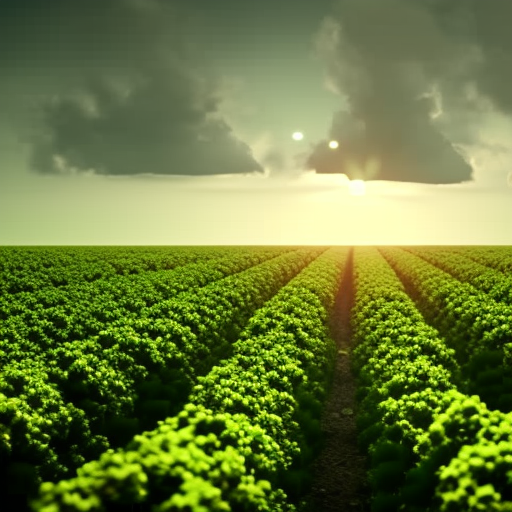Protected nature reserves alone are insufficient for reversing biodiversity loss
Protected nature reserves alone are insufficient for reversing ... Science Daily


Protected Areas Have Mixed Effects on Biodiversity, Study Finds
![]()
Protected nature areas are considered fundamental for maintaining biodiversity and countering its loss. But how effectively do established protected areas work and prevent negative trends? Research at the University of Helsinki shows mixed effects of protected areas on various species.
The Importance of Protected Areas for Biodiversity
Biodiversity is dwindling at a rapid pace across the globe. As one key remedy, we are protecting areas around the world, hoping that they will suffice to save what is left. While protected areas have undoubtedly contributed to slowing the overall biodiversity loss, it is unclear how well they work across multiple species concurrently. To explore this, researchers at the University of Helsinki examined changes in the occurrence of hundreds of species within and outside of protected areas.
Mixed Effects of Protected Areas
Researchers found mixed effects, highlighting that protected areas do not fully meet the expectations set for them. Rather than reversing the trend in biodiversity loss, current protected areas will, at best, help decelerate the species decline rate. What they thus currently offer is more time to act on the root causes of biodiversity loss.
“Our results show that only a small proportion of species explicitly benefit from protection, but this varied by group. Birds show the highest positive response to protection, one out of 5 species, and plants show warm-dwelling species benefiting more. Protected areas mostly help by slowing down the decline of species occurrences,” says associate professor Marjo Saastamoinen, senior author of the study.
“Importantly though, larger protected areas and longer protection times enhanced positive effects. The benefits were boosted for many more species, adding evidence for the genuine effects of protection.”
Effectiveness of Protected Areas
Species decline is far from being halted by protecting an area
To evaluate how effective protected areas are, the ideal approach is to compare how species are doing within nature reserves to how they are doing in similar yet unprotected areas. While this approach may sound self-evident, it is rarely applied. Now researchers from the Research Centre for Ecological Change at the University of Helsinki implemented this approach to hundreds of species across four decades. They found mixed results, with many species having similar trends within protected and unprotected sites. Importantly, species decline is far from being halted by protecting an area. Rather, the rate of species decline is slowed down with protection — but rarely stopped or reversed into positive trends.
Utilising Long-Term Data from the Finnish Treasure Trove
Finns have a particular passion for counting all types of natural creatures year after year. This allowed researchers to compare trends in the occurrences of birds, mammals, plants and lake phytoplankton between protected and unprotected sites across four decades.
Among 638 species, they found:
- one in five bird species,
- one in eight mammal species, and
- one in twenty plant or phytoplankton species
benefit from protection.
Recommendations for Protecting Species More Effectively
“Our findings should not discourage us from establishing protected areas,” says Andrea Santangeli, lead author of the study. “Quite the contrary, they show that protected areas will buy us some time to counter rapid species loss. By protecting an area, we will slow the local loss of many species — but, at the same time, we cannot stop species loss by simply setting aside some small pieces of land here and there and expect miracles to happen.”
For improving the effectiveness of protected areas, Dr Santangeli has a clear-cut recommendation: “What we need to do is to make the overall landscape more suitable for the species. Protected areas can serve as lifeboats, but in the longer run, these lifeboats will still need a safe landing site.”
What both researchers stress is that current area-based protection will be insufficient for acting as a single silver bullet for countering species loss. The key is in managing current protected areas better and increasing their connectedness with each other, while making the unprotected part of the world a better place for more species. It is there that the lifeboat passengers will find long-term shelter.
SDGs, Targets, and Indicators Analysis
1. Which SDGs are addressed or connected to the issues highlighted in the article?
- SDG 15: Life on Land – The article discusses the importance of protected areas in maintaining biodiversity and countering its loss.
2. What specific targets under those SDGs can be identified based on the article’s content?
- Target 15.1: By 2020, ensure the conservation, restoration, and sustainable use of terrestrial and inland freshwater ecosystems and their services, in particular forests, wetlands, mountains, and drylands, in line with obligations under international agreements.
- Target 15.5: Take urgent and significant action to reduce the degradation of natural habitats, halt the loss of biodiversity, and, by 2020, protect and prevent the extinction of threatened species.
3. Are there any indicators mentioned or implied in the article that can be used to measure progress towards the identified targets?
- Indicator 15.1.1: Forest area as a proportion of total land area.
- Indicator 15.5.1: Red List Index.
The article mentions that protected areas have contributed to slowing overall biodiversity loss but do not fully meet expectations. This indicates that progress towards Target 15.5 can be measured using the Red List Index, which assesses the extinction risk of species. Additionally, the article emphasizes the importance of protected areas in maintaining biodiversity, which can be measured using Indicator 15.1.1, which tracks the proportion of forest area as a part of total land area.
Table: SDGs, Targets, and Indicators
| SDGs | Targets | Indicators |
|---|---|---|
| SDG 15: Life on Land | Target 15.1: By 2020, ensure the conservation, restoration, and sustainable use of terrestrial and inland freshwater ecosystems and their services, in particular forests, wetlands, mountains, and drylands, in line with obligations under international agreements. | Indicator 15.1.1: Forest area as a proportion of total land area. |
| SDG 15: Life on Land | Target 15.5: Take urgent and significant action to reduce the degradation of natural habitats, halt the loss of biodiversity, and, by 2020, protect and prevent the extinction of threatened species. | Indicator 15.5.1: Red List Index. |
Behold! This splendid article springs forth from the wellspring of knowledge, shaped by a wondrous proprietary AI technology that delved into a vast ocean of data, illuminating the path towards the Sustainable Development Goals. Remember that all rights are reserved by SDG Investors LLC, empowering us to champion progress together.
Source: sciencedaily.com

Join us, as fellow seekers of change, on a transformative journey at https://sdgtalks.ai/welcome, where you can become a member and actively contribute to shaping a brighter future.







